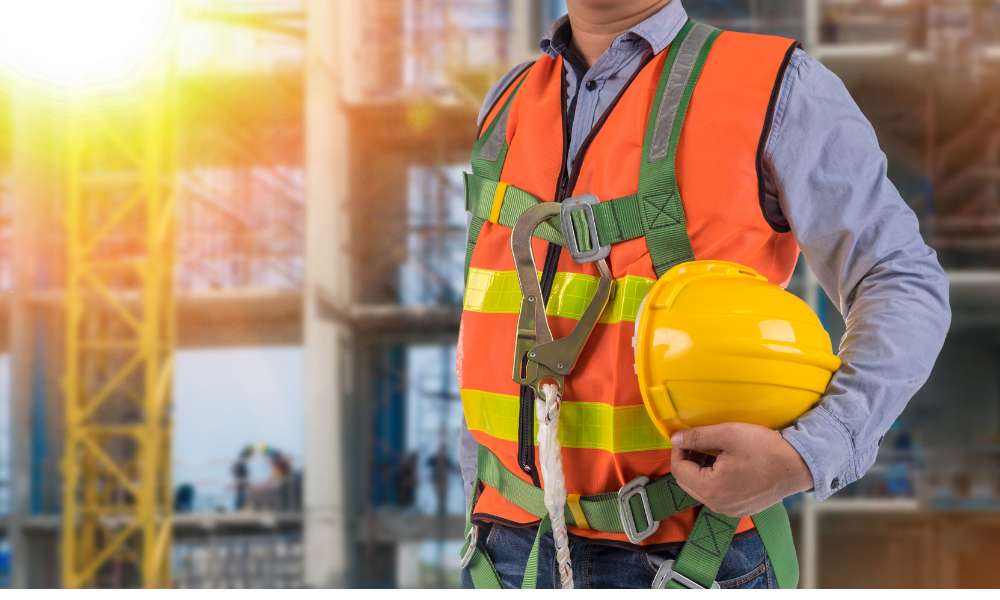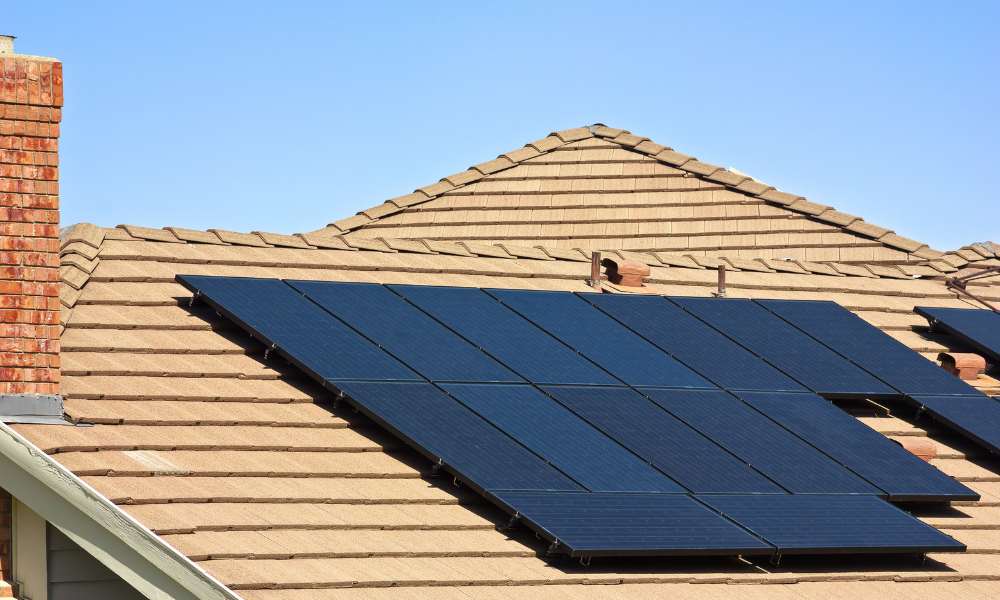Falls from heights are among the top causes of workplace accidents, making it essential for employers to ensure the safety of their employees when working on rooftops. Rooftop fall protection measures are essential for reducing the risk of falls and preventing fatal or serious injuries in the workplace. This article will discuss the importance of rooftop fall protection, the different safety measures that can be implemented, and the legal requirements for ensuring compliance.
Safeguard Industries active and passive fall protection systems have set new standards in engineering and manufacturing excellence. A rigid post anchor offering that is unmatched in the industry, a wide variety of innovative freestanding and non-penetrating leading edge fall products and user-focused support services all serve to provide their customers with a single source for effective and practical solutions to meet regulatory compliance, provide safe access and protect work at height.
Introduction

Falls from heights are among the top causes of workplace accidents, making it essential for employers to ensure the safety of their employees when working on rooftops. Rooftop fall protection measures are essential for reducing the risk of falls and preventing fatal or serious injuries in the workplace. This article will discuss the importance of rooftop fall protection, the different safety measures that can be implemented, and the legal requirements for ensuring compliance.
The Need for Rooftop Fall Protection

Rooftop fall protection is necessary to ensure the safety of workers and reduce the risk of falls from heights. Falls are a major cause of workplace injuries and fatalities, and employers must take the necessary steps to protect their employees. There are a variety of fall protection measures that can be implemented to reduce the risk of falls, including guardrails, safety nets, and personal fall arrest systems.
In addition to the safety benefits, implementing fall protection measures can also help employers avoid potential legal issues. Employers are legally required to provide a safe workplace environment for their employees, and failure to do so can result in costly fines and citations. Therefore, it is important for employers to be aware of the legal requirements for rooftop fall protection and to ensure that their workplace is in compliance.
Types of Fall Protection
There are a variety of fall protection measures that can be implemented, depending on the situation. Guardrails are one of the most common fall protection measures, as they provide a physical barrier between the worker and the edge of the rooftop. Safety nets are also an effective way to reduce the risk of falls, as they provide a cushioning effect if a worker does fall. Finally, personal fall arrest systems are designed to stop a worker from falling and can be worn as a harness or attached to a lifeline.
Legal Requirements
In addition to ensuring the safety of workers, employers must also take the necessary steps to ensure compliance with legal requirements. Employers are responsible for providing a safe workplace environment for their employees, and failure to do so can result in costly fines and citations. The Occupational Safety and Health Administration (OSHA) sets the legal requirements for rooftop fall protection, and employers must adhere to these regulations to remain compliant.
Final Words
Rooftop fall protection is essential for ensuring the safety of workers and reducing the risk of falls. There are a variety of fall protection measures that can be implemented, depending on the situation, including guardrails, safety nets, and personal fall arrest systems. In addition to safety, employers must also ensure compliance with legal requirements, as failure to do so can result in costly fines and citations. Implementing rooftop fall protection measures is essential for protecting workers and avoiding potential legal issues.

